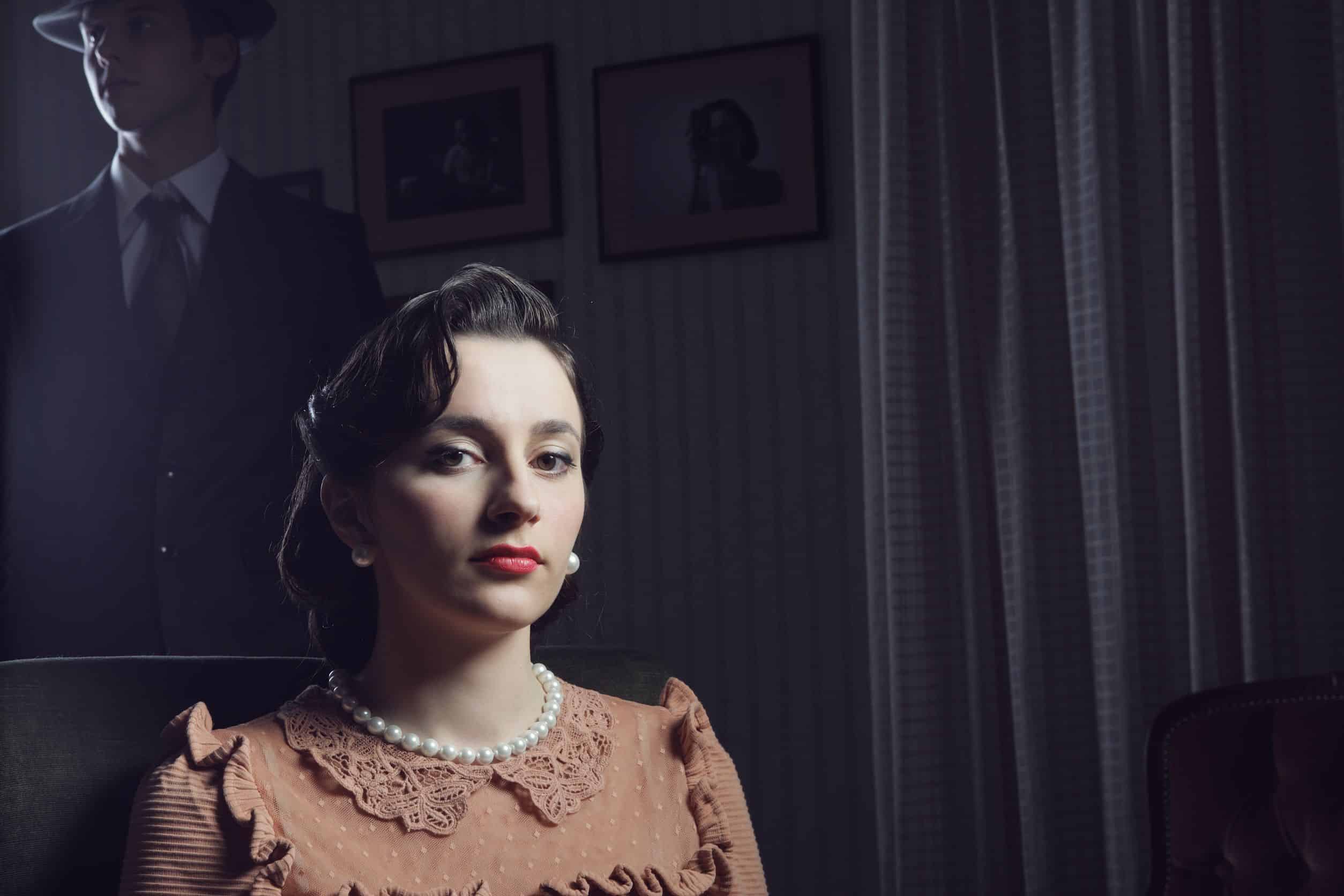In the 1950s, as divorce rates climbed in post-World War II America, many distressed couples turned to a new field promising to save their marriages: couples therapy. But the “help” offered by self-proclaimed experts was often rooted more in sexism, pseudoscience, and even eugenics than any real understanding of relationships. To see how far the field has come, it’s eye-opening to explore this problematic history.
The father of marriage counseling with no psychology background
Perhaps the most prominent “marriage expert” of the era was Paul Popenoe, frequently called the father of marriage counseling in the United States. The problem? Popenoe had no training in mental health or psychology – his only degree was in horticulture.1 Instead of relevant qualifications, what he did have was an enthusiasm for eugenics (the dubious practice of selective breeding to “improve” the human race) and a racist belief that some groups were intellectually inferior.2
With this troubling foundation, Popenoe established the American Institute of Family Relations, one of the country’s first dedicated marriage counseling centers. He also regularly dispensed relationship advice in Ladies Home Journal’s “Can This Marriage Be Saved?” column and made frequent media appearances to promote his views.3
Wives held responsible for husbands’ behavior
So what sage advice did Popenoe and other 1950s “experts” have to offer struggling couples? Mainly, that wives were to blame for their husbands’ misdeeds and should focus all their energy on pleasing their men.
If a husband was violent, abusive, alcoholic or unfaithful, counselors trained by Popenoe would advise the wife to reflect on what she was doing to make him so unhappy and strive to “foster harmony” by catering to his every need.4 As one institute counselor told a woman whose husband had cheated after 30 years of marriage:
“Could it be that your husband feels that he is not understood or appreciated in his own home? What might there be in your relations to him that could make him feel that way?”5
Another “expert” of the time assured wives with abusive husbands that if they avoided arguments, indulged his whims, and helped him relax, they could transform into “happy wives.”6 The overarching message was that a successful marriage hinged almost entirely on a wife’s subservience and self-sacrifice.
Pushing women to pursue husbands at all costs
This pressure on women started even before marriage. Since conventional wisdom held that women needed husbands far more than the reverse, single women were urged to make landing a husband their top priority.
Mainstream women’s magazines published multi-part series on how to “earn” a proposal through rigorous self-improvement and a “dignified, common-sense campaign” to convince a man that matrimony was the key to his happiness.7 Women who struggled to find a match were told to lower their expectations, focus on their appearance, and address their intimacy hang-ups.8
Separate counseling and pseudo-scientific methods
When couples did seek counseling together, they were often seen separately based on a belief that joint sessions were “difficult and potentially dangerous.”9 Today, the importance of meeting with partners together is widely recognized.
Many counselors also incorporated unscientific methods into their work. Some ascribed to the Freudian view that women’s normal sexual development meant moving from supposedly immature clitoral stimulation to “mature” vaginal response, leading to sexual frustration and marital conflict if not achieved.10 Popenoe’s institute promoted a “Sex Quotient” test – reminiscent of debunked measures of intelligence – to assess sexual satisfaction.11
Toward evidence-based approaches
Fortunately, the field began to change for the better as the cultural shifts of the 1960s and 70s challenged traditional gender roles and expectations. The women’s movement fought back against the idea that wives should bear sole responsibility for marital happiness. Psychologists and sociologists started to examine relationships and communication patterns more rigorously.12
In the 1970s and 80s, therapists like Virginia Satir and John Gottman brought a more scientific lens to how couples interact, laying the groundwork for the evidence-based approaches used today. By carefully observing couples and identifying specific behaviors linked to relationship success or distress, Gottman and others ushered in a new era of couples therapy informed by empirical research rather than sexist stereotypes.13
In 1942 the organization that would become the American Association for Marriage and Family Therapy had thirty-five members. Today it includes well over twenty-four thousand members.
While much work remains to better understand and support healthy relationships, the field has undoubtedly evolved from the days when untrained moralists prescribed wifely subservience as the cure-all for marital woes. By acknowledging this history, we can appreciate how far couples therapy has come and commit to continuing to hone the craft in service of helping people build loving partnerships.
Summary
In the 1950s, couples therapy was a young field dominated by self-appointed “experts” who relied more on sexist assumptions and pseudoscience than any real knowledge of relationships. Led by figures like Paul Popenoe, an eugenicist with no psychology training, the era’s counselors routinely blamed wives for their husbands’ bad behavior and pressured women to land and keep a man at all costs.
Thankfully, the cultural upheavals of subsequent decades and the emergence of scientific approaches from pioneering researchers began to transform the field. While not perfect, couples therapy today aims to be egalitarian and grounded in a real understanding of relationship dynamics. By studying this troubling history, therapists can build on the progress made and continue striving toward truly effective, evidence-based practices.
Footnotes
- Davis, R. (2010). More Perfect Unions: The American Search for Marital Bliss. Boston: Harvard University Press.
- Paul Popenoe, “The Conservation of the Family,” Social Hygiene 12, no. 1 (January 1926): 18.
- Kristin Celello, Making Marriage Work: A History of Marriage and Divorce in the Twentieth-Century United States (Chapel Hill: University of North Carolina Press, 2009), 44-45.
- Molly Ladd-Taylor, “Eugenics, Sterilisation and Modern Marriage in the USA: The Strange Career of Paul Popenoe,” Gender & History 13, no. 2 (August 2001): 308.
- Elaine Tyler May, Homeward Bound: American Families in the Cold War Era, 20th anniversary ed. (New York: Basic Books, 2008), 146.
- Clifford R. Adams, “Making Marriage Work,” Ladies’ Home Journal, April 1950, 26.
- “How to Make Him Want to Marry You,” Ladies Home Journal, May 1954, 195-196.
- Celello, Making Marriage Work, 41.
- Davis, “The Making of Our Therapeutic Culture,” 182.
- Rachel P. Maines, The Technology of Orgasm: “Hysteria,” the Vibrator, and Women’s Sexual Satisfaction (Baltimore: Johns Hopkins University Press, 1999), 5-6.
- Celello, Making Marriage Work, 49-50.
- Kristin Celello, Making Marriage Work: A History of Marriage and Divorce in the Twentieth-Century United States (Chapel Hill: University of North Carolina Press, 2009), 62-64.
- John Mordechai Gottman and Nan Silver, The Seven Principles for Making Marriage Work (New York: Three Rivers Press, 1999), 7-10.


